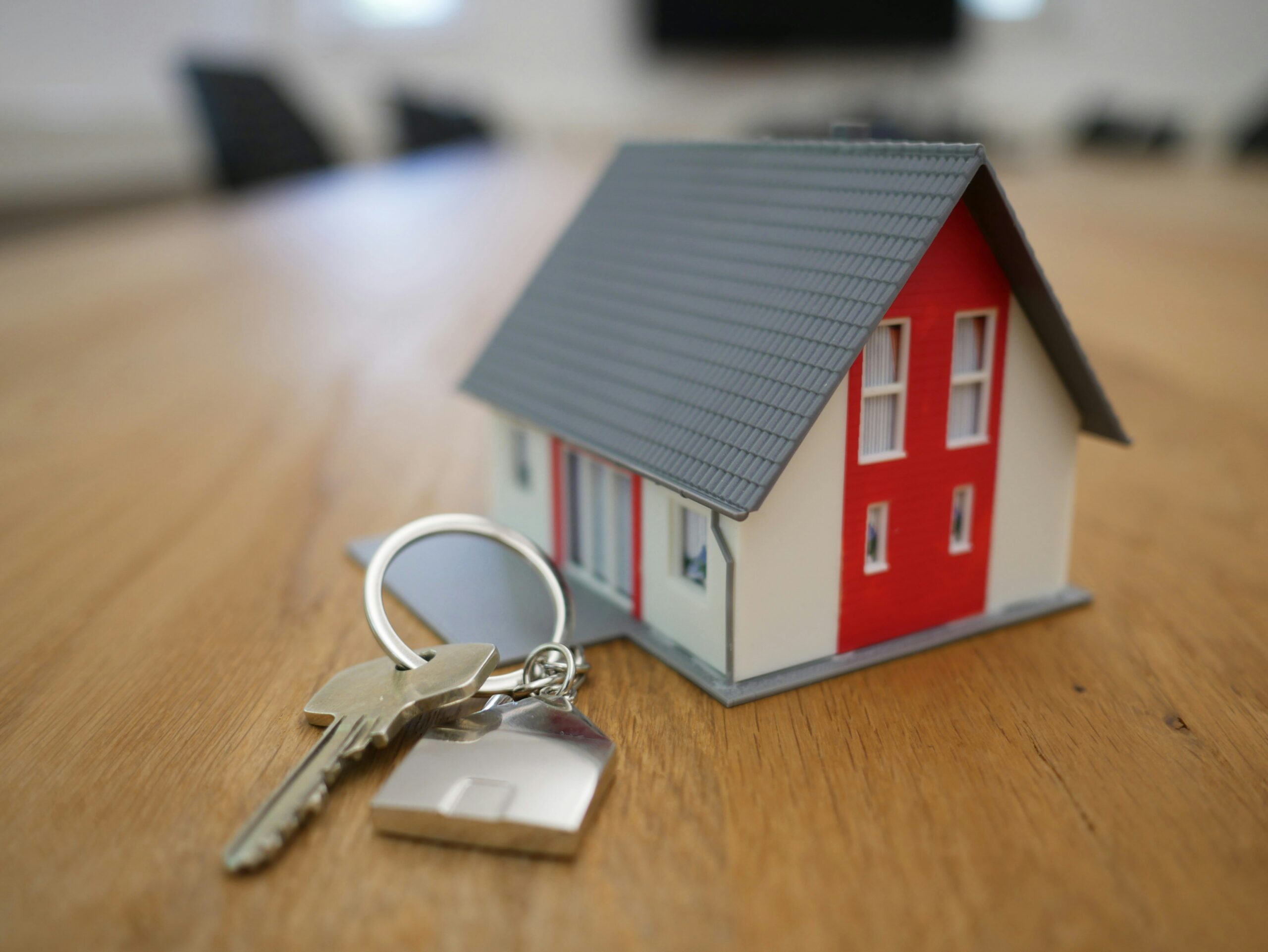Buying a house is a significant milestone in many people’s lives, but the thought of saving up for a down payment can be daunting. Fortunately, there are options available for those who want to buy a house in Canada with little to no down payment. In this article, we will explore some strategies that can help you achieve your goal of homeownership without a substantial upfront payment.

1. Explore Government Programs
One of the first steps you can take is to research government programs that are designed to assist first-time homebuyers. In Canada, there are several programs available that can help reduce or eliminate the need for a down payment.
The most well-known program is the First-Time Home Buyer Incentive, which allows eligible buyers to finance a portion of their home purchase through a shared equity mortgage with the government. This means that the government will contribute a certain percentage towards the down payment, reducing the amount you need to save.
Additionally, some provinces offer their own programs, such as the Home Ownership Program in British Columbia and the New Brunswick Home Ownership Program. These programs provide financial assistance to low-income individuals and families who are looking to buy a home.
2. Look into Zero Down Payment Mortgages
Another option to consider is a zero down payment mortgage. These types of mortgages allow you to finance the entire purchase price of the house without requiring a down payment. However, it’s important to note that zero down payment mortgages typically come with higher interest rates and stricter qualification criteria.
Zero down payment mortgages are usually offered by private lenders, so it’s essential to do thorough research and compare different lenders to find the best terms and conditions for your situation. Working with a mortgage broker can also be beneficial as they have access to a wide range of lenders and can help you find the right mortgage product.
3. Save for Closing Costs
While you may be able to find options for buying a house without a down payment, it’s important to remember that there are still other costs associated with purchasing a home. These include closing costs, such as legal fees, land transfer taxes, and home inspection fees.
It’s crucial to save for these additional expenses to ensure a smooth home buying process. Consider creating a separate savings account specifically for closing costs and contribute to it regularly. By being prepared and having the necessary funds available, you can avoid any last-minute financial stress.
4. Improve Your Credit Score
Your credit score plays a significant role in determining your eligibility for a mortgage and the interest rate you will receive. Before applying for a mortgage, take steps to improve your credit score if necessary.
Start by checking your credit report for any errors or discrepancies and address them promptly. Paying your bills on time, reducing your debt, and avoiding new credit applications can also help improve your credit score over time.
5. Consider Co-ownership or Joint Mortgages
If buying a house on your own seems financially challenging, you may want to consider co-ownership or joint mortgages. This involves purchasing a property with a partner, family member, or friend and sharing the costs and responsibilities.
Before entering into a co-ownership agreement, it’s crucial to have a clear understanding of each party’s rights and obligations. Consulting with a real estate lawyer can help ensure that all aspects of the agreement are properly addressed.
Remember, buying a house with little to no down payment requires careful planning and consideration. It’s crucial to explore all available options, understand the associated costs, and make informed decisions based on your financial situation and long-term goals.
By taking advantage of government programs, exploring zero down payment mortgages, saving for closing costs, improving your credit score, and considering co-ownership or joint mortgages, you can increase your chances of buying a house in Canada with little to no down payment.